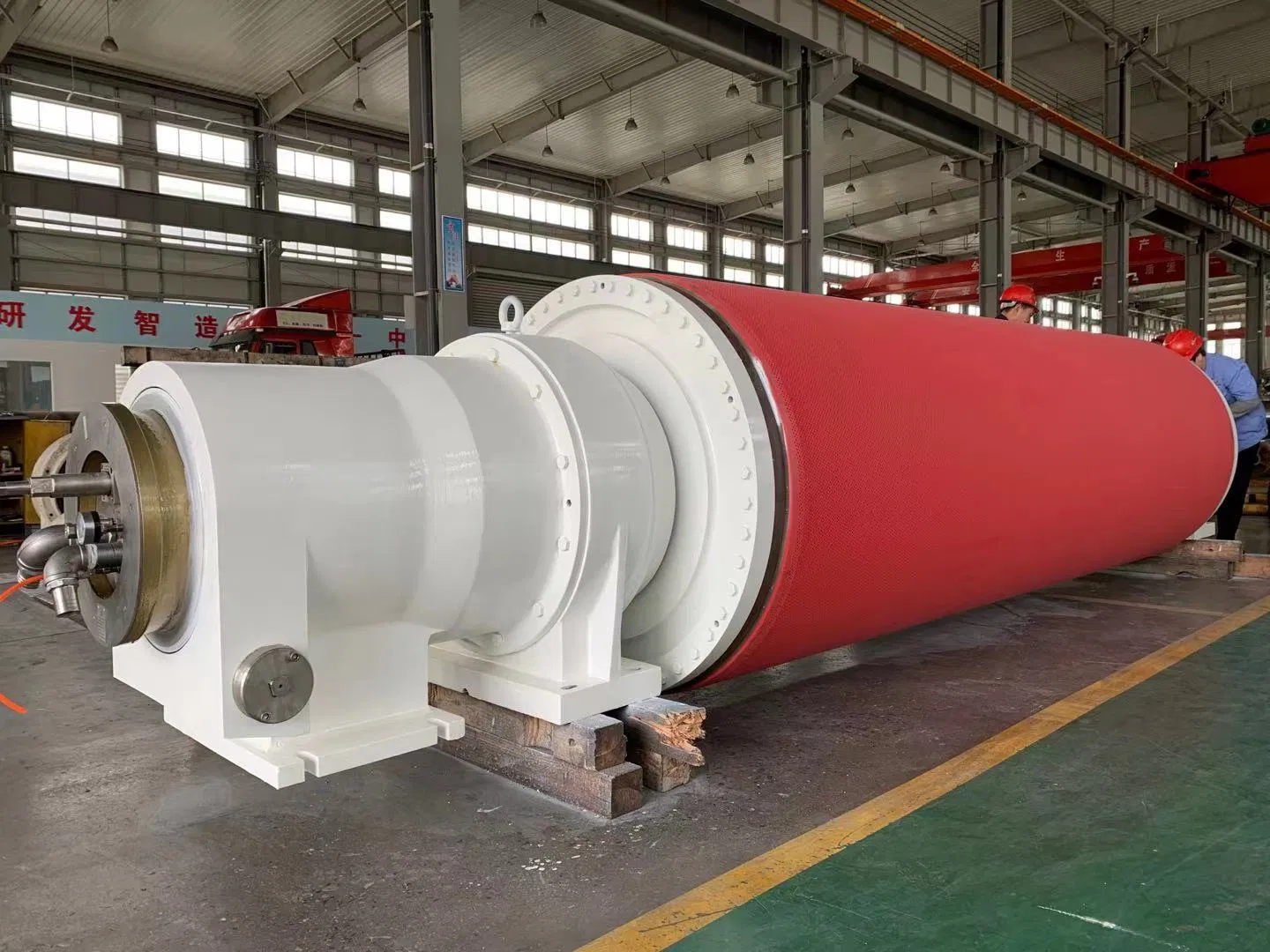The Importance of Roll Hardness in Paper Production
Have you ever wondered why some paper mills produce higher-quality paper more efficiently than others? One critical factor is roll hardness. In the world of paper production, roll hardness plays a surprisingly significant role in determining the efficiency and quality of the final product. But what exactly is roll hardness, and how does it impact paper-making efficiency? Let's dive in.
Understanding Roll Hardness
Roll hardness refers to the resistance of a roll surface to indentation or deformation. In the paper-making process, rolls are used to transfer the paper web between different stages, apply pressure, and maintain consistent sheet thickness. The hardness of these rolls can have a profound impact on the final product's quality and the overall efficiency of the paper-making process.
The Effects of Roll Hardness on Paper-Making Efficiency
So, how does roll hardness affect paper-making efficiency? There are several key ways:
1. Roll Wear and Tear
Rolls that are too soft can wear down quickly, leading to increased maintenance costs and downtime. On the other hand, rolls that are too hard can cause excessive wear on other machine components, also leading to increased maintenance and repair expenses.
2. Sheet Quality and Consistency
Proper roll hardness is essential for maintaining consistent sheet thickness and smoothness. Rolls that are too soft may compress unevenly, leading to variations in sheet thickness, while rolls that are too hard may cause sheet cracking, tearing, or other defects.
3. Energy Consumption
Optimal roll hardness can also help reduce energy consumption in the paper-making process. Rolls that are too soft may require more pressure to maintain sheet thickness, leading to increased energy usage. Conversely, rolls that are too hard may cause excessive friction, resulting in higher energy consumption and increased heat generation.
Finding the Right Roll Hardness for Your Paper Mill
Given the importance of roll hardness in paper production, finding the right balance is crucial. But how can you determine the optimal roll hardness for your specific operation? Here are a few factors to consider:
- Paper grade: Different paper grades may require different roll hardness levels to achieve the desired quality and consistency.
- Machine speed: Faster machine speeds may require harder rolls to maintain sheet thickness and reduce wear and tear.
- Production volume: Higher production volumes may necessitate harder rolls to withstand the increased load and maintain efficiency.
Practical Tips for Optimizing Roll Hardness
Now that you understand the importance of roll hardness in paper production, here are some practical tips for optimizing your roll hardness and improving your paper-making efficiency:
- Regularly monitor and adjust roll hardness: As rolls wear down, their hardness may change, impacting sheet quality and consistency. Regularly monitoring and adjusting roll hardness can help maintain optimal performance.
- Consider roll materials and coatings: Different roll materials and coatings can offer varying levels of hardness and wear resistance. Consult with roll manufacturers to determine the best options for your operation.
- Optimize roll maintenance and replacement schedules: By closely tracking roll performance and scheduling maintenance and replacements proactively, you can minimize downtime and maintain efficiency.
Conclusion
In conclusion, roll hardness plays a critical role in paper-making efficiency, impacting everything from sheet quality and consistency to energy consumption and maintenance costs. By understanding the importance of roll hardness and taking steps to optimize it for your specific operation, you can enhance your paper production process and stay competitive in today's market.
For more detailed information on roll hardness and paper-making efficiency, please visit our official website: roll hardness



